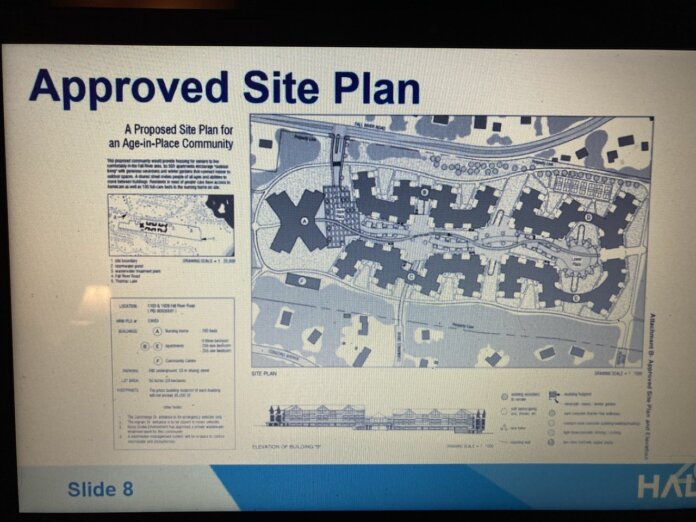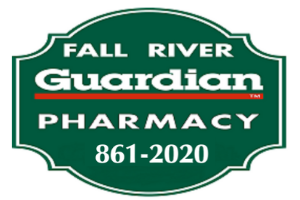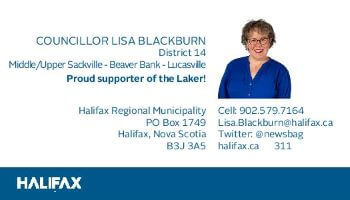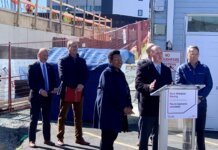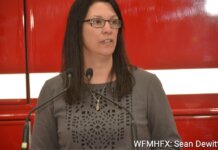FALL RIVER: The appeal for the Carr Farm Development in Fall River has been rejected by North West Community Council (NWCC).
At the special meeting of NWCC, four of the five councillors voted to reject the appeal from the residents and persons of interest who spoke—all in support of the appeal—during the virtual meeting, held March. 7.
The lone dissenting vote among the councillors in support of the appeal of the project for those 55-plus by the residents was the councillor whose residents are the most to be impacted, Councillor Cathy Deagle Gammon.
“We now have to rely a lot on the permitting, and that’s a place where we don’t have public input,” said Deagle Gammon. “I live at the end of Fall River Road; I can tell you the intersection is a nightmare. You want to add 500 more cars, I’m scared.”
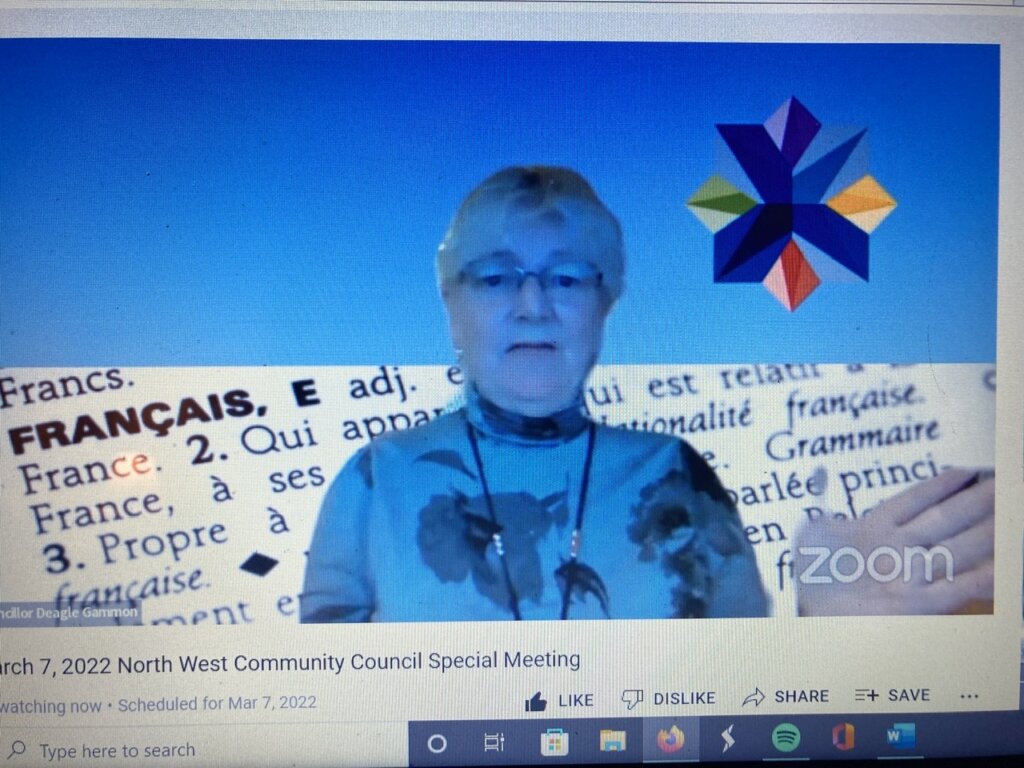
One of their main concerns from residents was the wastewater plant that will see treated effluent put into Lake Thomas, and likely go to other adjacent lakes that are part of the Shubenacadie Canal system. Nova Scotia Environment approved this with project details and design; however, that is something residents have not been able to view nor given to HRM as part of their process.
Other concerns included the impact of added vehicular traffic onto already congested and strained Fall River Road and nearby neighbouring streets in Fall River Village; as well as blasting for the underground parking garage and the impacts that will have on their wells.
Natalie Hartt (Carr) acknowledged there is a need for seniors housing. She is not opposed to seniors housing but is to the current development as presented.
“This is not the same development that was proposed back in 2019,” she said. “Many who initially supported the development now agree that the shear size of it will have serious impacts to not only the surrounding residences, but the community as a whole.
“With blasting so close, there’s a potential to not only change the water table causing surrounding wells to dry up but endangering families by contaminating the water we drink and cook with.”
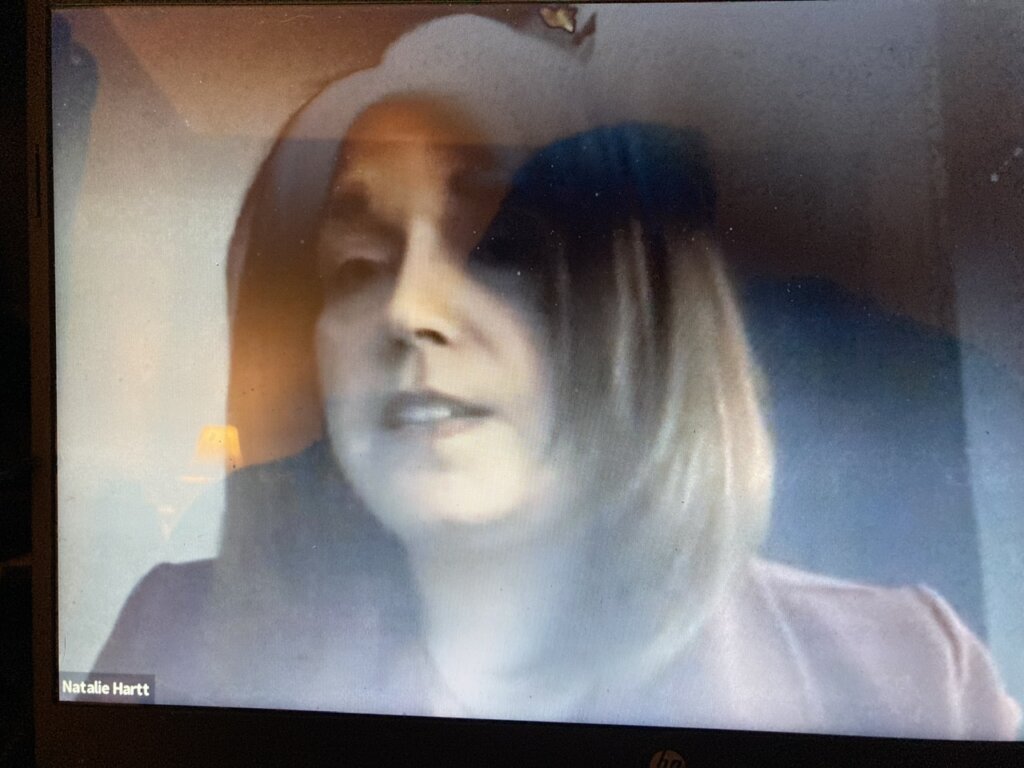
Residents also were not thrilled how large the campus-style development, by developer Glen Clark who lives near the location, had grown since its initial approval. It was approved for 400 units (four buildings) and a 100-bed long-term nursing unit, operated by Northwood. It now is pegged at 500 units and a 144-bed long-term care facility.
Hartt said they were unaware of the treated effluent being discharged into Lake Thomas.
“I ask why we would put our own lakes in more danger when we don’t have to. This does not and should not be accepted by the community nor the council.,” she said.
She said a holistic view should have been taken on the several developments that are proposed in Fall River.
“The Carr Farm project has to be considered along with the other projects in the community verses a site-specific basis,” said Hartt. “This process is lacking transparency with missing information from the beginning. “
Video of the meeting as from HRM’s YouTube:
Chastity McKinnon said she and her husband support the need for alternative housing especially for seniors in the area.
“We support sensible, environmentally sustainable, and well-planned community development with openness and transparency,” she said. “This project does not meet these criteria.”
She said on top of all this it appears the First Nations community was not consulted.
“This development will impact the Shubenacadie Canal which is of great importance to the Mi’kmaw community and beyond,” she said.
McKinnon said residents asked for details upon learning that the treated effluent would be pumped into Lake Thomas.
“After numerous requests we received a one-page summary on the septic system with no details on capacity, outflow parameters, monitoring system, and emergency measures,” she said.
She said many residents would likely feel better if information had been forthcoming on the treatment plant.
“If details of the sewage plant were shared with residents along with environmental studies it may ease our concerns,” said McKinnon.
Deagle Gammon too agreed there seemed to be a lack of transparency.
“The one thing they didn’t do was communicate with the community,” said Deagle Gammon. “There was a lack of transparency. There was information that came tonight that we wouldn’t have seen if there wasn’t an appeal.”
Ron Pachal, spokesperson for the developer, took issue with residents saying there was a lack of transparency.
“We followed every single step we’re supposed to do with HRM since 2015,” he said. “Anything we put out there was, I don’t want to say picked apart as that sounds like I’m complaining.
“To say there’s a lack of transparency is like saying “are they hiding something?” We did everything requested to do. With the regulatory bodies along the way we did everything we were supposed to do.”
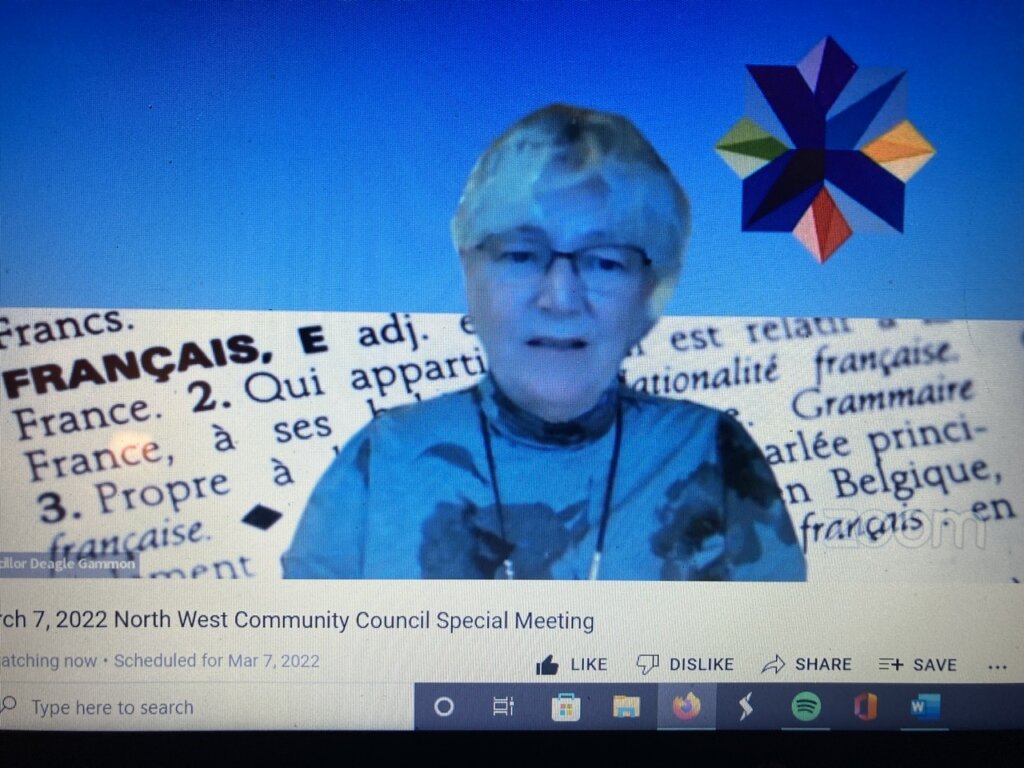
Deagle Gammon was disappointed that the applicants power point presentation didn’t address what they knew from the community.
“They didn’t address any of the community concerns,” she said. “They were aware of what they were too.
“This presentation was an opportunity I thought for them to share with their potential neighbours how they would support their concerns and be good neighbours.”
Pachal did give some good news to the residents at the appeal. He made a promise that the 44 beds for the nursing home will be reduced in the main development part so that it’s 456 units.
“When we first started with Northwood it was 100, it’s now gone to 144 mostly because of our health care system, so yes those 44 will be reduced out of the 500,” said Pachal.
Despite all the concerns voiced by residents and reported lack of information, all but Deagle Gammon on NWCC voted to side with HRM staff in rejecting the appeal with little discussion on the motion.

